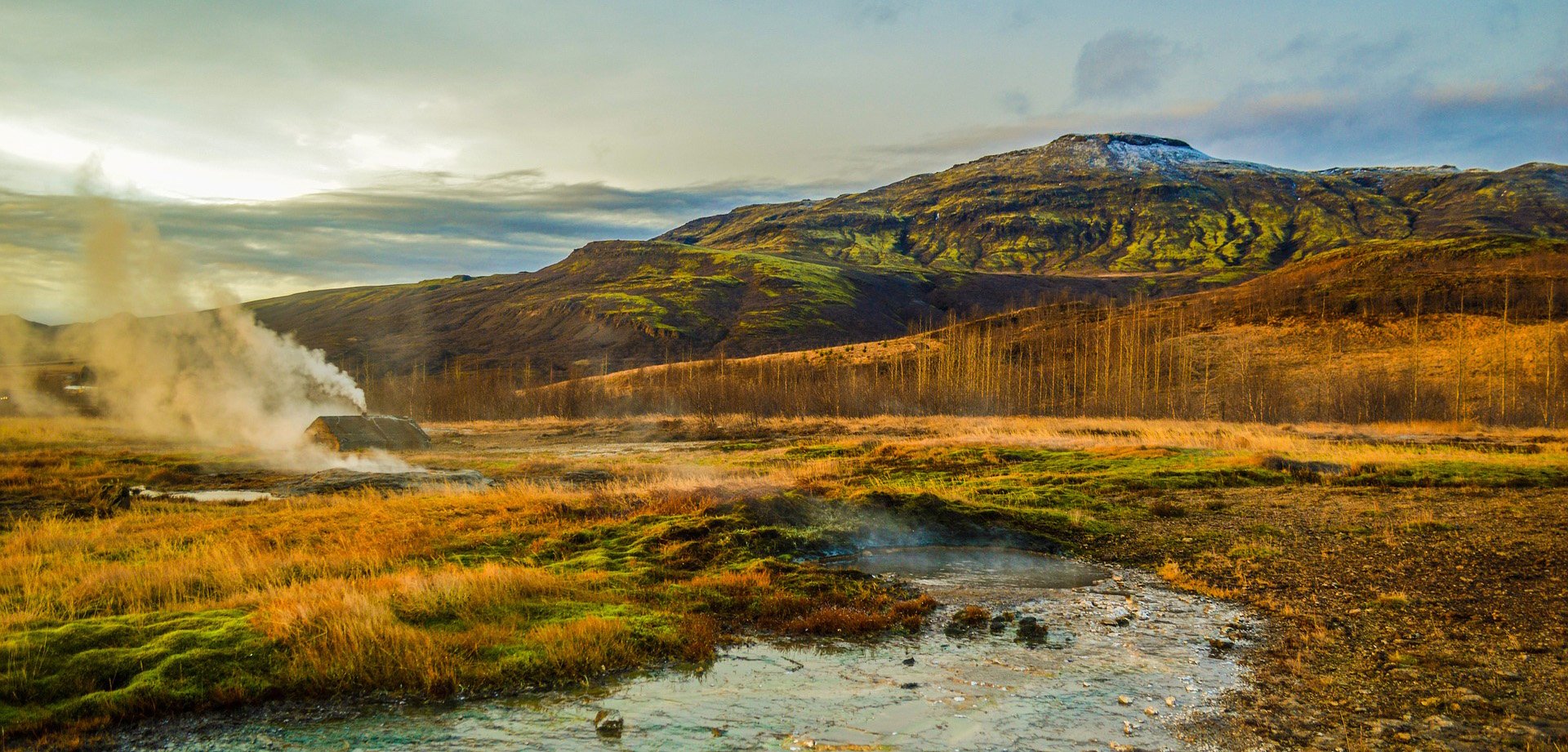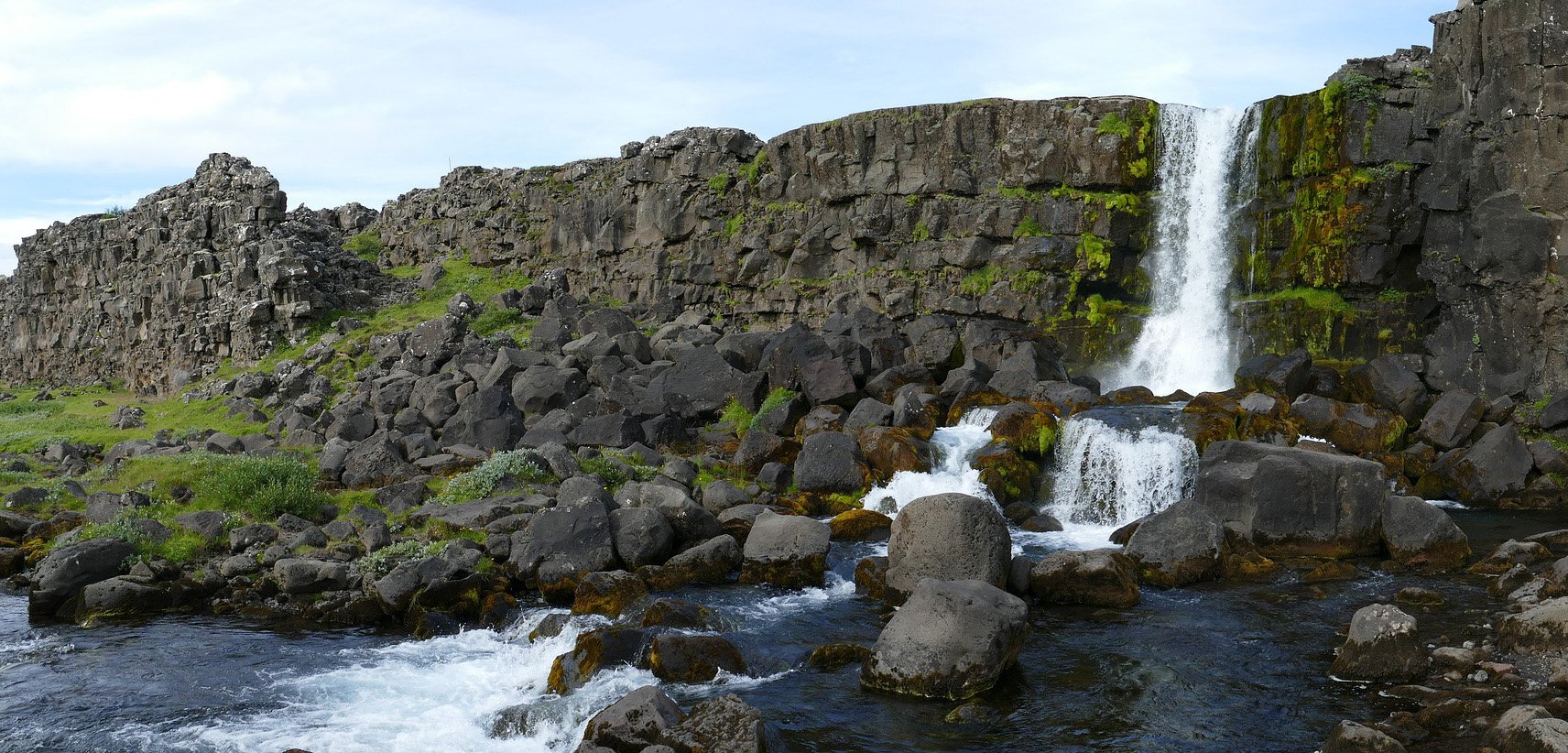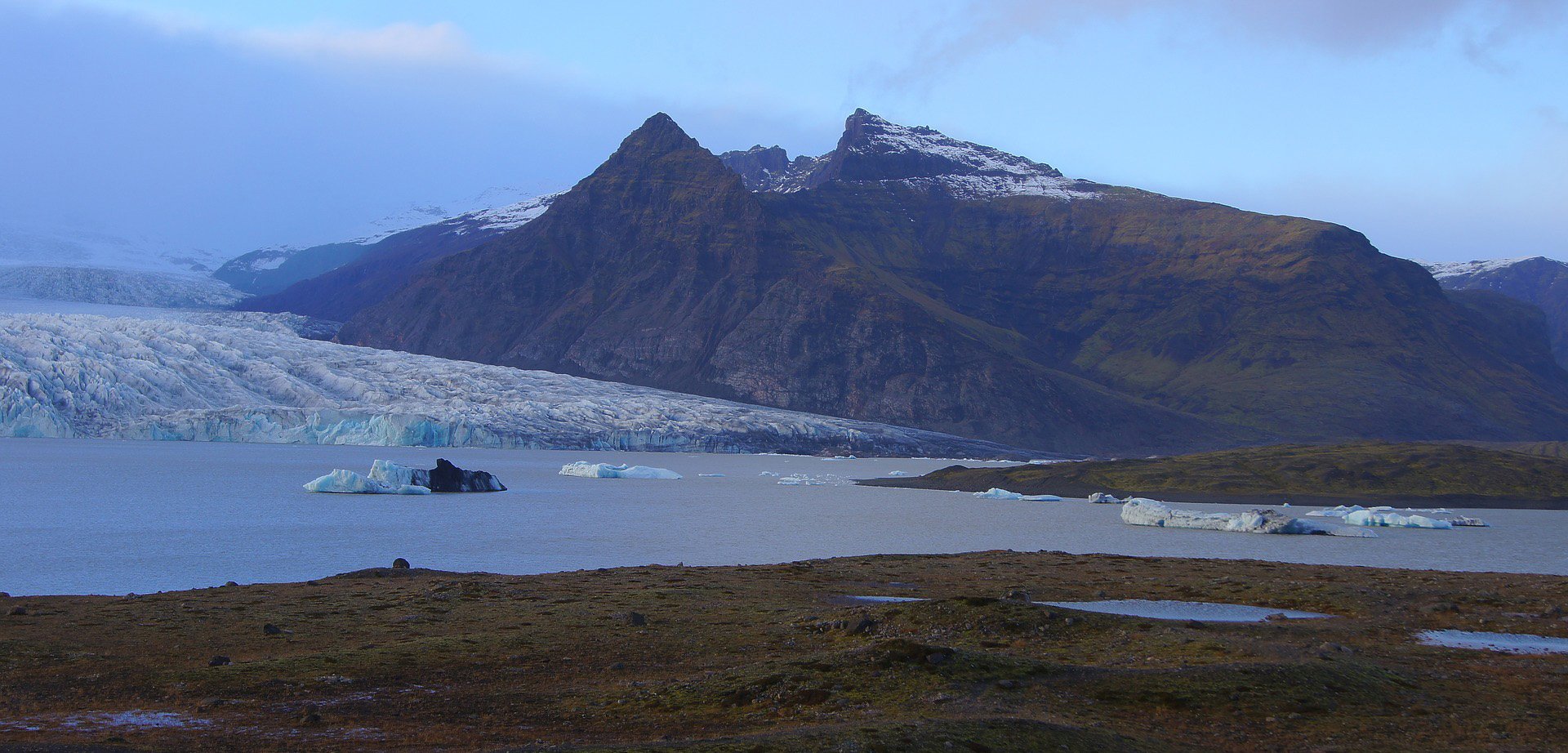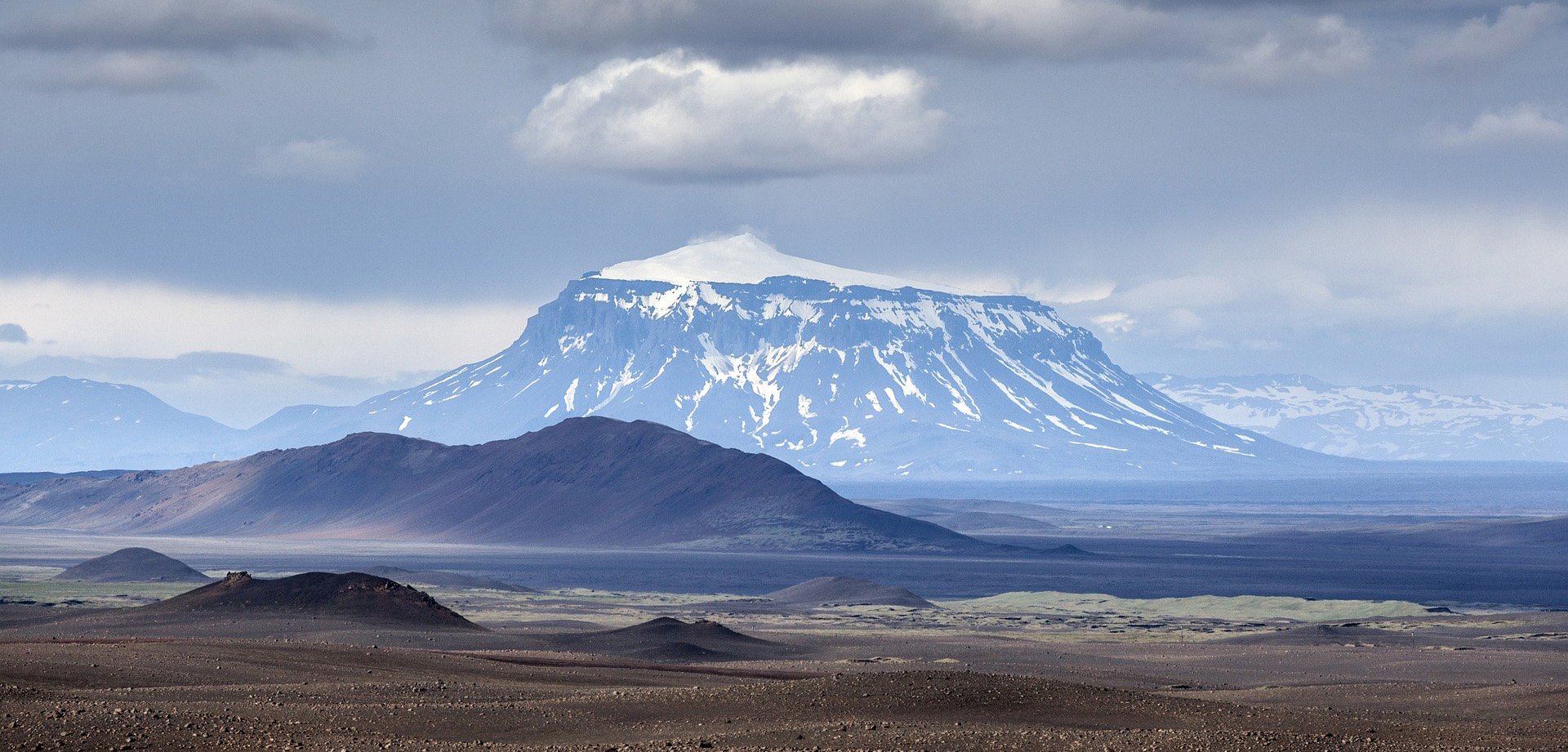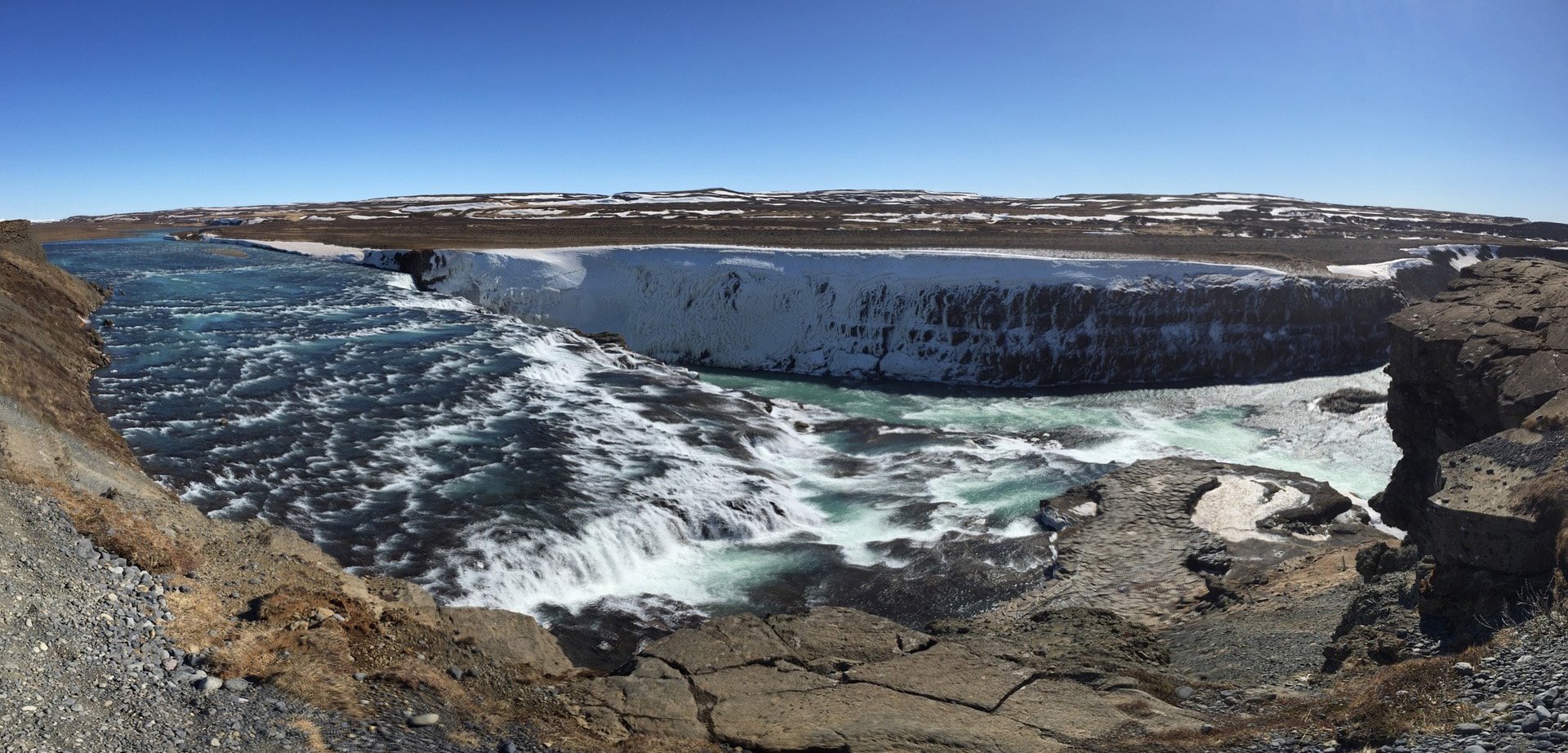Iceland Experiences
Reykjavik
Reykjavík is by far the largest and most populous settlement in Iceland. Access the rest of the island from here. The city contains over one third of Iceland’s population. Two thirds of all Icelanders live in the general capital region. The Atlantic currents shape a relatively mild winter and cool summer. Culture House, a museum has several important exhibits. Originally built to house the National Library and National Archives of Iceland, it was re-modeled to promote the Icelandic national heritage. Many of Iceland's national treasures are on display, such as the Poetic Edda, and the Sagas in their original manuscripts. Other exhibitions change regularly. The international airport is Keflavik, KEF.
Geysir Geothermal Area
Geysirs can be found all around Iceland. The Geothermal Field is the most impressive one. Located in Haukadalur, the field is nestled into an area named Southern Lowlands. The Geysir Geothermal Field is a must-see. Approximately 90 minutes outside Reykjavik, the area is a reminder of what is beneath Iceland.
Blue Lagoon
A geothermal spa and popular spot in southwestern Iceland, the spa is located in a lava field about a 40-minute drive from Reykjavik. The water has high silica content and is rich in salts. Bathers take to waters with a temperature between 98 and 102 °F. There is a shower requirement before entering the lagoon. The lagoon is accessible for wheelchair users. Hotel accommodation and restaurant are nearby.
Westman Islands
The islands represent an archipelago off the south coast of Iceland. Formed by eruptions during the last 10,000 years, the island system consists of around 75 volcanoes, both above and below the sea. The islands are famed in Iceland for their major annual National Festival attracting thousands of people. The festival was first held in 1874. The main island is populated and can be reached by air or ferry.
Golden Circle Region
A marketing term, the Golden Circle is a tourist route through the south of the island looping approximately 190 miles from the capital into the southern uplands of Iceland and back. Key visits along this route are national parks, waterfalls, towns, a cathedral, and geothermal features such as geysers.
Thingvellir National Park
The park was the site of the annual parliament of Iceland from 930AD to 1798AD. Its name translates as assembly field. The park lies 25 miles northeast of the capital and one of the most visited sites in Iceland. The continental drift between the North American and Eurasian Plates can be seen in the cracks or faults which crisscross the region. Almannagjá is the largest of these and canyon-like. The park offers a visitor center and hiking trails.
Vatnajokull National Park
Europe’s largest glacier outside the arctic measures 400–900 meters in thickness. The glacial ice hides mountains, valleys and plateaus including active volcanoes. The scenery encircling the glacier is varied. Wetlands and mountainous areas provide reindeer and pink-footed geese with important space. The park is in the center of the island and a drive from Reykjavik will take 4 – 5 hours. A large glacial lake of interest is in the southern part of the park.
Vik
Located on the main ring road around the island and approximately 110 miles by road southeast of Reykjavík, Vik is the southernmost village in Iceland. Despite its small size, it is an important staging post along the south coast. Vik serves inhabitants and visitors of the region alike. The village’s black basalt beach is considered beautiful. Vík lies directly south of a glacier, which covers the Katla volcano. Katla last erupted in 1918. Volcanoes covered by glaciers present additional dangers to surrounding areas due to the potential for flooding.
Eyjafjallajokull
The mountain consists of a volcano covered by an ice cap. The ice cap covers an area of 39 sq miles. Difficult to pronounce, this stratovolcano earned great fame in 2010 when an eruption disturbed air traffic in Northwest-Europe and between Europe and North America considerably stranding many passengers.
Snaefellsnes Peninsula
An impressive landscape, the peninsula is a region in western Iceland north of the capital Reykjavik. At its western tip, Snaefellsjökull National Park is dominated by a volcano of the same name. As so often on this northern island, a glacier tops the volcano. A trail through lava fields leads to black-pebble beaches. Stykkisholmur, a fishing village on the peninsula is the center of services and commerce. In August, the villagers celebrate the Danish Days festival honoring the town's historic connections with Denmark.
![SITA Canada Final_color [Converted]new_for_wp SITA Canada Final_color [Converted]new_for_wp](https://sitatourscanada.com/wp-content/uploads/2019/12/SITA-Canada-Final_color-Convertednew_for_wp.png)




